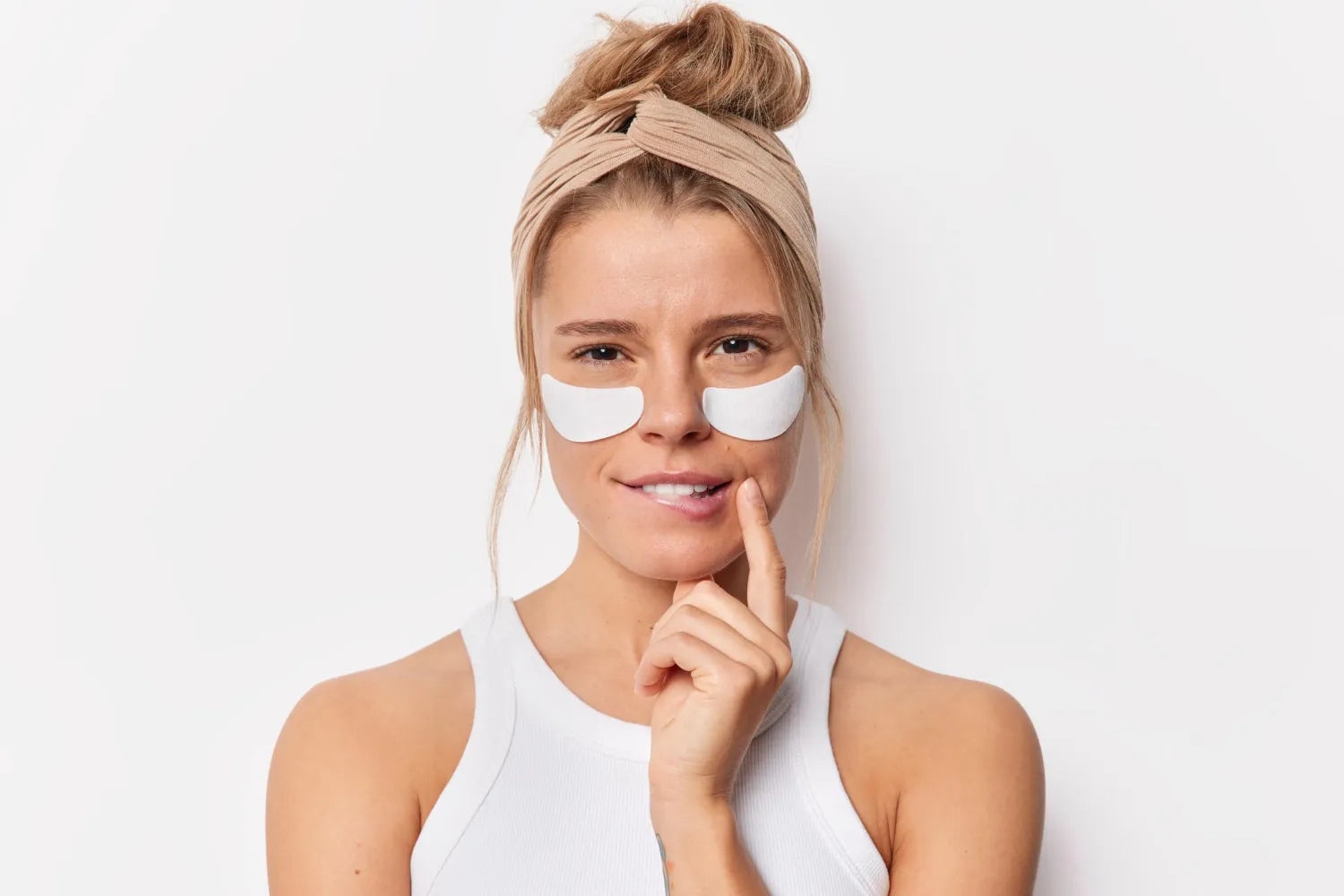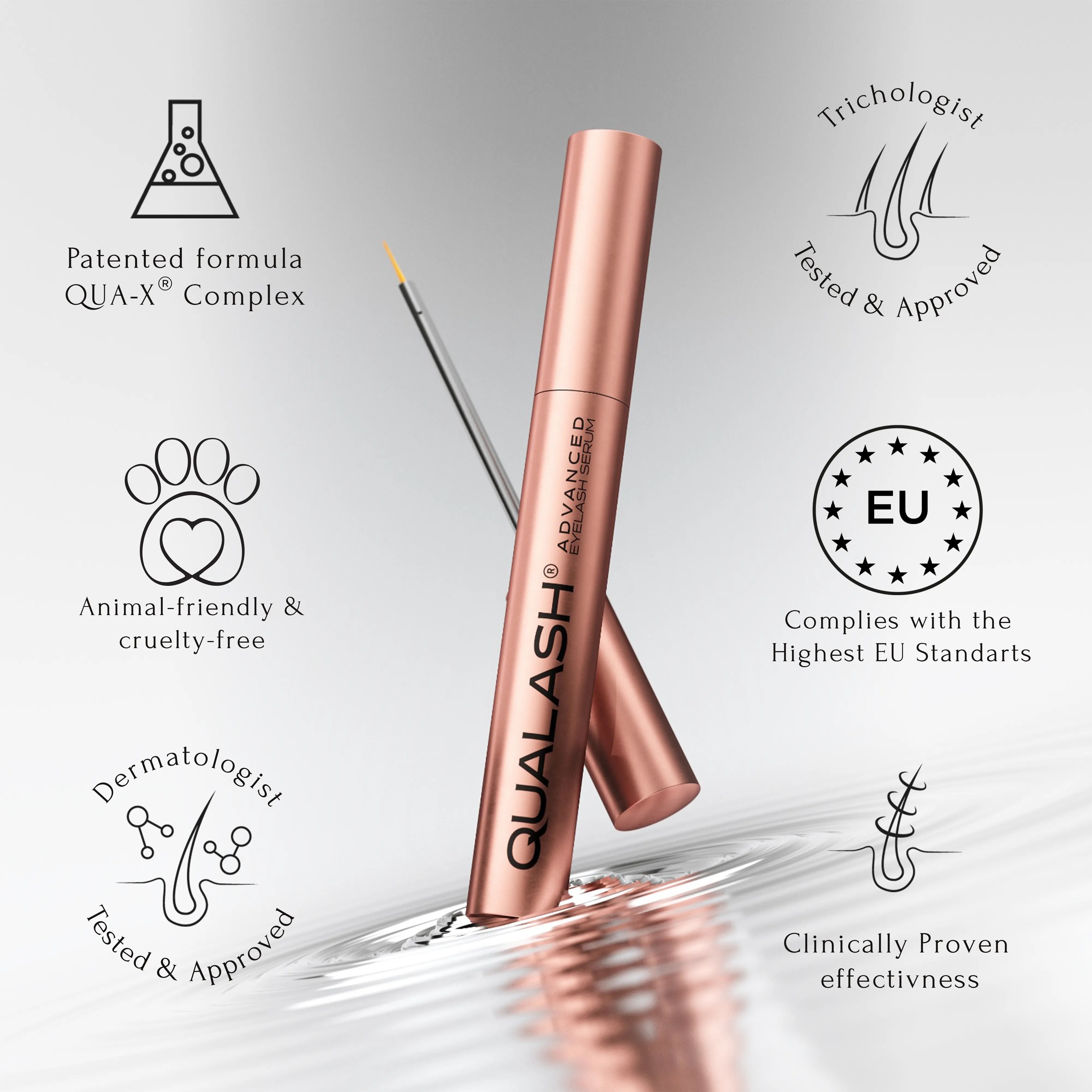Eye masks have become a staple in modern skincare routines. Whether you're battling puffiness, dark circles, or fine lines, under-eye masks offer a targeted solution. In this guide, we’ll explore different types of eye masks, how they work, and how to apply them for optimal results.
Why use eye masks?
The skin around the eyes is the thinnest and most delicate on the face. It's also the first area to show signs of fatigue, aging, and dehydration. That’s where eye masks come in – delivering concentrated ingredients to refresh and rejuvenate the under-eye area.
Key benefits of using under-eye masks:
-
Reduce puffiness and swelling.
-
Brighten dark circles.
-
Smooth fine lines and wrinkles.
-
Hydrate and firm tired skin.
-
Create a refreshed, awake appearance.
Eye masks are also perfect before makeup, during flights, or after sleepless nights.
Types of eye masks:
1. Hydrogel eye patches.
These are the most common type of eye masks. Made from a cooling gel texture, they adhere to the skin and are infused with hydrating or de-puffing ingredients like hyaluronic acid, caffeine, or peptides.
Best for: Puffiness, dryness, and tired eyes.
Pro tip: Store them in the fridge for extra cooling effect.
2. Sheet eye masks.
These are small fabric or bio-cellulose patches soaked in serum. They’re often used in salons but are also available for home use.
Best for: Long wear treatments (15–30 minutes).
Note: Choose fragrance-free formulas for sensitive skin.
3. Cream or overnight eye masks.
These are richer in texture and usually applied like a thick eye cream. They’re designed to stay on overnight to provide deep nourishment.
Best for: Dry, mature, or crepey skin
How to use eye maska correctly?
To get the most out of your under-eye mask, follow these simple steps:
Step 1: Cleanse and tone.
Start with a clean, dry face. Use a gentle cleanser and pat the skin dry. Apply toner if it’s part of your routine.
Step 2: Apply eye mask.
-
Hydrogel or sheet mask - gently place the patch under the eye, starting from the inner corner outward.
-
Cream mask - dab a small amount and gently pat it into the under-eye area.
Important: Never apply too close to the lash line to avoid irritation.
Step 3: Relax and wait.
Leave the mask on for the recommended time – usually 10 to 20 minutes for patches, or overnight for cream masks. Avoid moving too much so the patches stay in place.
Step 4: Remove and pat in excess serum.
After removing the mask, don’t rinse. Gently tap the remaining essence into the skin with your ring finger for better absorption.

How often should you use eye masks?
It depends on the type and your skin needs:
-
Hydrogel patches: 2–3 times a week, or daily for intense treatment.
-
Sheet masks: Once or twice a week.
-
Cream masks: 1–2 times per week, or nightly for dry skin.
Consistency is key. Even occasional use provides visible freshness, but regular use offers long-term anti-aging and brightening results.
What ingredients to look for in under-eye masks?
Hydrating:
-
Hyaluronic acid - deep hydration, reduces fine lines.
-
Glycerin - locks in moisture.
Brightening:
-
Vitamin C - fades dark circles.
-
Niacinamide - evens out skin tone.
Firming and anti-aging:
-
Peptides - stimulate collagen production.
-
Caffeine - reduces puffiness and improves circulation.
-
Retinol (in night masks) - firms and smooths wrinkles.
Tip: If you have sensitive skin, avoid strong retinoids and opt for gentler alternatives like bakuchiol.
When to apply eye masks in your routine?
Eye masks should be used after cleansing and before moisturizer. Here’s a simple order:
Cleanser → Toner → Eye Mask → Serum → Moisturizer.
For makeup prep, apply eye masks before primer to reduce puffiness and smooth skin for concealer.

Enhance Your Routine with Lash & Brow Care
Beautiful skin deserves beautiful lashes. Pair your daily facial care with QUALASH® Eyelash Serum — enriched with peptides, biotin, and botanical extracts to promote longer, fuller lashes in just 25 days.
Shop NowDo eye masks really work?
Yes – when used regularly and chosen according to your needs. While they won’t replace professional treatments, they can:
-
Visibly reduce signs of fatigue.
-
Enhance skin hydration.
-
Improve concealer performance.
-
Give a refreshed, healthy look.
The key is choosing the right mask and integrating it into your routine consistently.
FAQ – frequently asked questions about eye masks:
Q: Can I use eye masks every day?
Yes, especially hydrating or de-puffing patches. But always check product instructions.
Q: Should I use eye masks in the morning or evening?
Morning is great for puffiness and tired eyes, while evening is ideal for deep repair.
Q: Are eye masks suitable for all skin types?
Most are. If you have very sensitive skin, opt for fragrance-free and dermatologist-tested formulas.
Q: Can I apply makeup after using an eye mask?
Absolutely. In fact, eye masks smooth and hydrate the area, helping concealer glide better and last longer.
Q: Are under-eye masks better than eye creams?
They serve different purposes. Masks offer intense, short-term results, while creams work gradually over time. Use both for best results.





